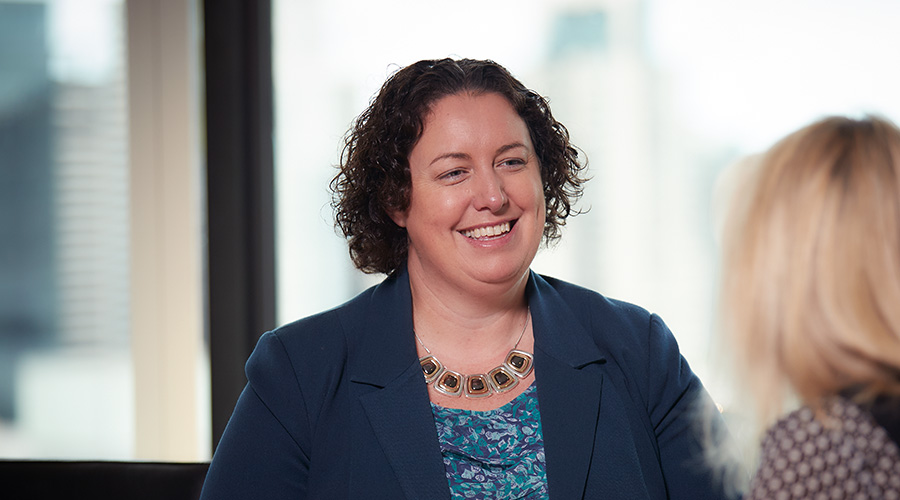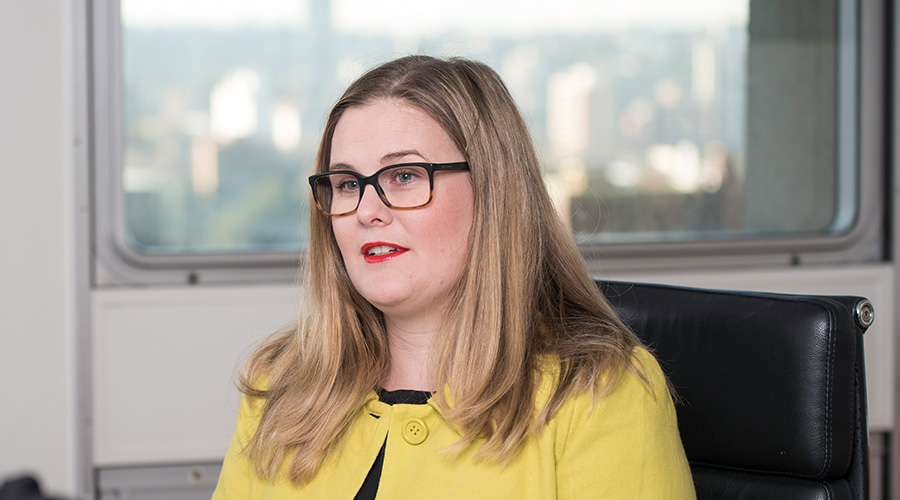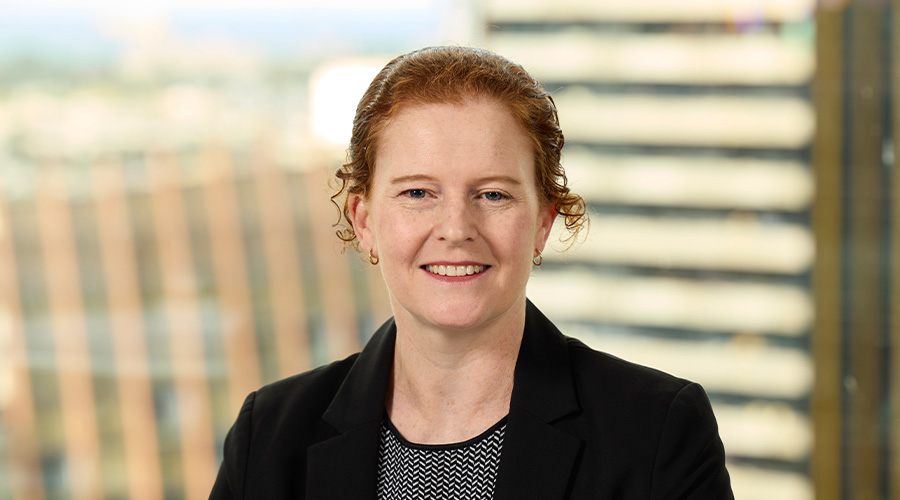Fund through developments and development management agreements—Part 1
By Matt Dolan
Development management agreements (DMAs) are formal document arrangements between landowners and developers seeking to collectively undertake development projects.
It is impossible to say what constitutes a ‘typical’ DMA because the arrangements can vary substantially depending on the nature of the project and the responsibilities and risks each party is prepared to take on.
While there is no ‘typical’ DMA, most fit within broad categories based on common features in the underlying structure of the arrangements between the parties.
In the first part of a two-part series, we explore key elements found in DMAs used to regulate projects commonly referred to as ‘fund through developments’. We look at DMAs where the project involves the creation of development lots (either flatland or strata title) for immediate sale after completion.
Why are fund through DMAs popular?
Fund through DMAs often become popular in the property cycle when landowners are seeking a higher rate of return on capital than what might be available in a low yield developed property market. Often the landowner may be a property fund manager or private investor prepared to accept an additional development risk in exchange for a higher rate of return. In these circumstances, the landowner seeks to ‘partner’ with a developer to undertake the project. In simple terms, the landowner acquires the project site (often identified by the developer) and provides the development funding on a ‘fund through’ basis. In exchange, the developer brings development experience and expertise to the project.
What are the key elements of a fund through DMA?
The table below sets out some of the key elements for developers and landowners to consider in finalising a DMA for a fund through development.
Key Element |
Considerations |
| Funding | The responsibility for funding project costs is a major element in a DMA.
Under a fund through development, the project costs (including ongoing construction costs) are funded by the landowner’s progress payments. A ‘fund through’ is seen as beneficial to developers because it potentially offers a low-risk source of funding for projects with the ability to participate in a profit share with the landowner if key profit targets are met. The landowner is often attracted to the project cost certainty arising from developers being at risk for cost overruns not captured in the original project budget. In essence, the developer is being relied on (within certain parameters) to deliver the project for a fixed price. |
| Fees | A developer may be entitled to payments such as—
For a landowner, it is a common feature of a fund through structure that they be paid a ‘coupon’ rate on funds advanced through the project (eg 6.5 percent payable quarterly in arrears). This is particularly common where the landowner is a property fund, and the fund manager would like to provide a return to its investors in the course of the project. Due to many of the fee calculations being based around ‘project costs’, it is important a DMA is very clear on what is and isn’t a properly incurred project cost. |
| Security for development fees | A key risk issue for developers is how to properly secure payment for any ‘back-end’ development fees.
To assist in securing these fees (and other landowner obligations) the landowner will often agree to grant a consent caveat or registered mortgage on title over the project site. Obviously, the consent of any principal debt funder of the project is required to this arrangement. Consent will usually be given, but strictly on the basis the developer is prepared to enter into a deed of subordination with a principal funder where the developer’s security rights are fully subordinated to the funder’s |
| Funding oversight | As the funder of the project, the landowner will need to be confident drawdowns are requested by the developer only once pre-agreed milestones have been reached.
A landowner’s risk in relation to this issue is usually mitigated by the DMA specifying an agreed process for independent pre-certification of drawdowns. Generally, this works in a very similar way to certifications for drawdowns under a normal construction finance facility. |
| Control and decision-making power | It is essential the DMA makes it clear how project related decisions are made.
Generally, a project control group (PCG) is established with representatives from the landowner and developer to control and decide on key items, such as project budget and timing. The PCG is an integral component of a DMA and varies from deal to deal, but usually the more risk one party takes, then the more control they are afforded. In a fund through development, a landowner will not usually accept the position of being merely a passive investor and will usually require a greater say in the decision-making process. Notwithstanding this, once a detailed project budget and construction program is agreed (which it often is prior to the DMA being signed) the developer will have the broad discretion to operate within the terms of the budget and program. In any event, to make the decision-making clear, a DMA will step out in as much detail as reasonably possible decisions to be made solely by the developer and solely by the landowner and others which must be made unanimously. |
| Decision deadlock mechanisms | If a DMA provides decisions must be made unanimously by the parties and they are unable to agree, then the DMA will need to prescribe how the deadlock or dispute is to be dealt with.
Ideally, a DMA will be structured, to the extent possible, to avoid the potential for ‘deadlocks’. However, it is almost inevitable there is the potential for these to occur in most fund through arrangements. If the decision to be made is capable of expert determination, such as confirmation on whether something is a project cost, then it can be referred to an expert and their decision will be binding on the parties. If the decision to be made is not capable of expert determination, such as a material change to the direction of the development, then a dispute resolution process can be utilised. Whether it is appropriate for this process to be a binding determination is a matter parties should carefully consider. Some DMAs provide for fairly radical dispute breaking outcomes, such as buy out rights, or require a sale of the incomplete project site. Whatever the outcome of negotiations on this issue are, the DMA will need to be clear on the process and method agreed. |
| Remedies on default | There is a wide range of remedies that can be negotiated into a DMA for landowner or developer default. At the most basic level, a party would be entitled to terminate the agreement and sue for damages.
While a right of termination is a clear legal outcome to a default, there also needs to be consideration of other practical rights. These remedies are usually focused around the things needed for the non-defaulting party to step in and ‘unlock’ the value of an incomplete development. Typically, a landowner would also want the contractual right to implement the following:
To properly regulate this process, the DMA needs to contain provisions requiring the developer to ensure third party contractors are compelled to follow these processes in a default event. For example, the project builder is typically required to enter into a ‘step in’ rights deed with the landowner. One common remedy to help developers retake control of a project site in the event of an unremedied landowner default event is for the developer to have the benefit of a call option to purchase the project site. |
| Duty and tax implications | There can potentially be substantial risk, duty, and tax implications (and savings) involved in any type of DMA depending on a variety of factors.
As there is a great deal of legal and commercial complexity involved with DMAs, discrete tax and duty advice is a critical factor in proper consideration of the final terms of any fund through arrangements. |
What’s coming up in part 2?
In part 2 of our series on DMAs, we will take a closer look at DMAs used where a developer ‘runs’ the project and the landowner accepts a more passive role throughout the project.
Any questions?
If you need to know more about fund through style developments and DMAs, please get in contact with a member of our team.
Contact

Jordon Lee
Lawyer

Geoff Benson
Lawyer

Harvey Duckett
Lawyer

Luke Denham
Lawyer

Jemima Whiteman
Lawyer

Bradley White
Lawyer

Sarah Khan
Lawyer

Marie Mitilineos
Lawyer

Gloria Tam
Lawyer

Sheldon Fu
Lawyer

Anna Cao
Lawyer

Claire Bourke
Lawyer

Chloe Taylor
Lawyer

Silvana Brcina
Lawyer

Daphne Schilizzi
Lawyer

Andrew Banks
Lawyer

Isabella Urso
Lawyer

Jessica Liu
Lawyer

Amelia Spratt
Lawyer

Luke Raams
Lawyer

Emma McDonald
Lawyer

Carl Ayers
Lawyer

Gus Hu
Lawyer

Rebecca Dodd
Lawyer

Gretel Burns
Lawyer

Rachel Bonic
Lawyer

Samantha Frost
Lawyer

Emma Bechaz
Lawyer

Matt Dolan
Lawyer

Luke Hefferan
Lawyer
Related industries
You might be also interested in...

Uncategorised | 16 Mar 2023
Embedded networks—changes to the network and retail exemption guidelines
In this article, we discuss the most significant changes to the Retail Exemption Guideline and the proposed Network Exemption Guideline, and what that means for embedded network owners and operators.

Insurance | 17 Mar 2023
Subpar result for sub-subcontractor
The New South Wales Supreme Court has recently considered the construction of a general liability policy of insurance, as to whether a sub-subcontractor was an ‘insured’ or ‘agent’ as defined in the policy to enliven coverage. We examine.
































































































































































































































































































































































